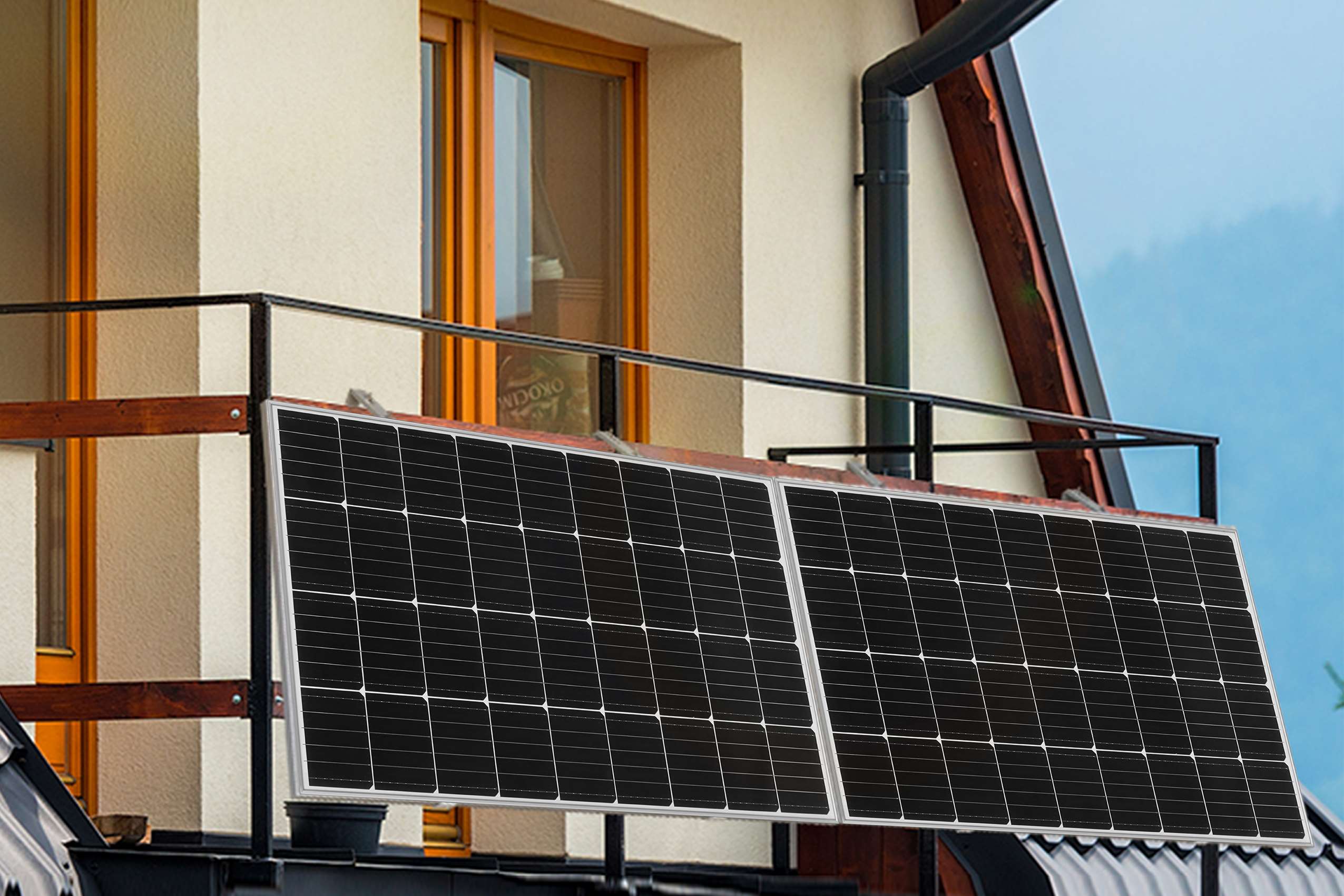Unraveling the Mystery of Solar Cell Degradation: Maximizing the Lifespan of Photovoltaic Systems
Understanding Solar Cell Degradation: The Longevity of Photovoltaics
As the world increasingly turns to renewable energy sources to combat climate change and reduce our dependence on fossil fuels, solar power has emerged as a leading contender in the race to develop sustainable energy solutions. Solar panels, or photovoltaic (PV) systems, have become a common sight on rooftops and in solar farms across the globe, with the technology constantly evolving to improve efficiency and reduce costs. However, one aspect of solar power that remains a concern for both manufacturers and consumers is the degradation of solar cells over time, which can impact the overall performance and longevity of a PV system.
Solar cell degradation is a complex phenomenon that can be attributed to a variety of factors, including environmental conditions, manufacturing defects, and the natural aging process of the materials used in the cells. Over time, these factors can lead to a decline in the efficiency of a solar panel, reducing its ability to convert sunlight into electricity and ultimately affecting the return on investment for those who have installed PV systems.
One of the primary causes of solar cell degradation is exposure to ultraviolet (UV) radiation, which can break down the chemical bonds in the materials used to construct the cells. This can lead to a gradual decline in the performance of the panel, as well as the potential for more serious issues such as delamination or corrosion. In addition, temperature fluctuations can also have a negative impact on solar cell performance, with high temperatures causing the materials to expand and contract, leading to mechanical stress and potential damage.
Despite these challenges, the solar industry has made significant stAnother contributing factor to solar cell degradation is the presence of manufacturing defects, which can be introduced during the production process. These defects can include impurities in the materials used, as well as issues with the assembly of the cells themselves. While manufacturers strive to minimize these defects through rigorous quality control measures, it is impossible to eliminate them entirely, and they can ultimately have an impact on the lifespan of a PV system.
Rides in recent years to improve the durability and longevity of PV systems. Advances in materials science have led to the development of more robust solar cells that are better able to withstand the harsh conditions they are exposed to, while improvements in manufacturing processes have helped to reduce the prevalence of defects. As a result, modern solar panels are typically able to maintain their efficiency for much longer than their predecessors, with many manufacturers now offering warranties of 25 years or more.
In order to maximize the lifespan of a PV system, it is important for owners to take steps to mitigate the effects of solar cell degradation. This can include regular maintenance, such as cleaning the panels to remove dirt and debris that can reduce their efficiency, as well as monitoring the performance of the system to identify any potential issues before they become more serious. In addition, proper installation and positioning of the panels can help to minimize the impact of environmental factors such as temperature fluctuations and UV exposure.
In conclusion, while solar cell degradation remains a concern for the solar industry, advances in technology and a better understanding of the factors that contribute to the issue have helped to significantly improve the longevity of PV systems. By taking steps to mitigate the effects of degradation and investing in high-quality solar panels, consumers can ensure that their investment in solar power continues to provide a reliable and sustainable source of energy for many years to come.
To learn more about photovoltaic power generation, please follow SOLARPARTS official website:
Homepage: www.isolarparts.com
Email address: Philip@isolarparts.com





